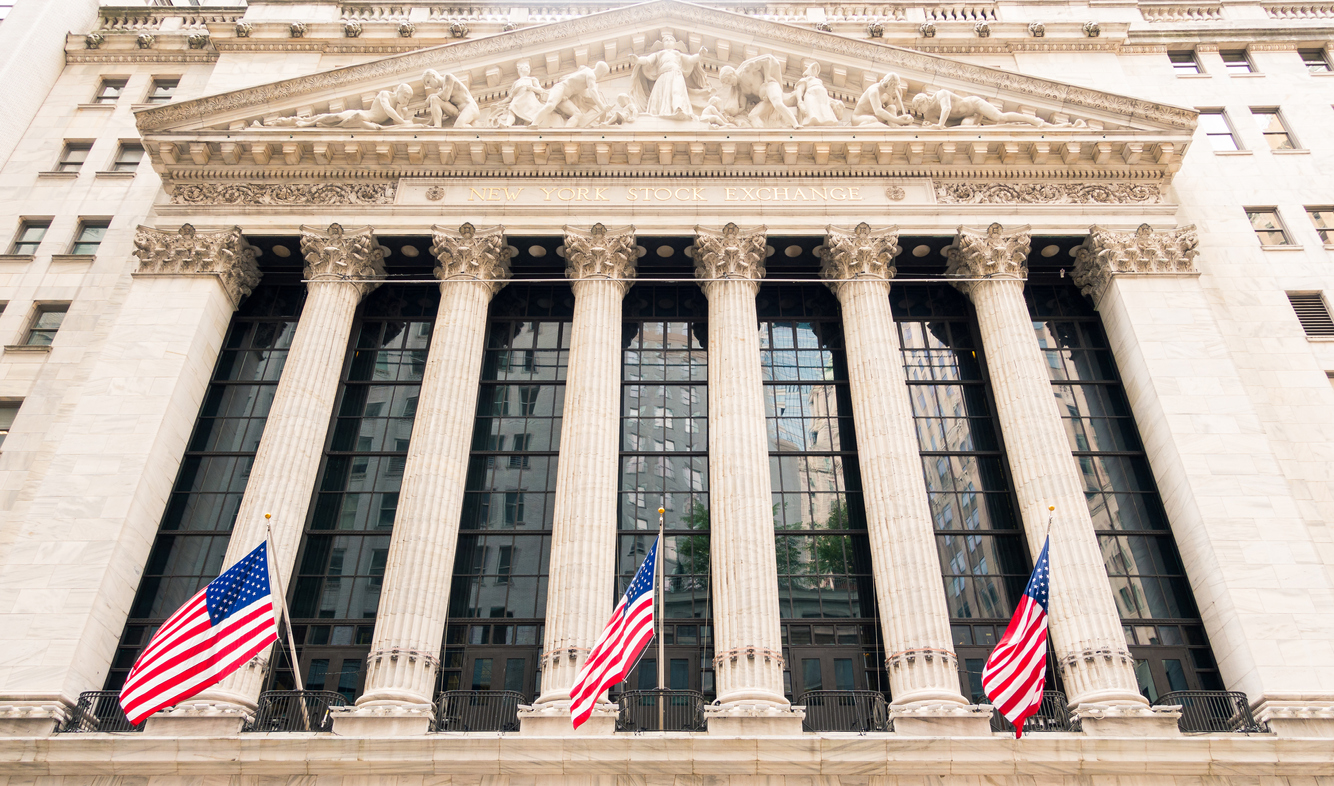Though US markets have faced months of unprecedented turbulence, clear patterns have emerged. How will these hold after July, with a looming presidential election and the threat of a second wave of COVID-19?
Iskander Lutsko, Chief Investment Strategist and Head of Research for ITI Capital, offers Finance Monthly his perspective on how US markets are likely to trend in the latter half of the year.
Throughout the first six months of 2020, world markets have been volatile to say the least. Global stock index values have so far been characterised by record beating losses and resurgent gains; The Dow Jones and FTSE 100, for example, dropped more than 20% in March, but have already regained much of those losses in the time since. Additionally, the Nasdaq recently hit a record high, and the S&P 500 reached a local high at the start of June below an all-time high on 19 February 2020, and a severe dip in March.
The primary reason for this market volatility is not the US and China trade-related disputes or any other geopolitical market-sensitive tensions which have become an essential part of the global volatility environment since 2018. Quite clearly, markets have been impacted most prominently by COVID-19, and none more so than in the US, which is the world’s largest economy, reserving currency account for 65% of all global transactions – and now also the epicentre of COVID-19, accounting for 26% of total recorded infections worldwide.
All eyes have been on the US in recent weeks. Controversial decisions to reopen certain aspects of society and reduce lockdown measures have seen the number of infection rates rise across the country after a slight decrease. As a result, US equity markets have mostly been driven by HF flows being reallocated into IT stocks, primarily in those that benefited from quarantine. Hence, cyclical companies are trading, on average, 30% below its pre-COVID levels, as opposed to IT companies and biotechnology companies which recorded historical highs.
[ymal]
However, this is not a second wave; it is a mid-cycle of the first. As in the sea, waves are usually preceded by a trough, and we don’t expect the official trough of the first wave to arrive until at least the end of August. From there, we might expect a second wave of the pandemic to hit in November or December 2020. Of course, this is all speculation, and entirely dependent on weather, vaccinations and lockdown measures – however, as analysts, it’s our job to predict the most likely scenario based on the data that we have, analyse fluctuations and predict market movements accordingly.
Thus, we have crunched the numbers and come to the conclusion that the peak of the current market run will last two months, from the end of July until the end of September, coinciding with a hopefully declining number of cases. Before that, correction and consolidation are likely to dominate, implying that there will be high demand for gold and US corporate bonds, bolstered by a strong US dollar positioning against currencies in Europe and emerging markets.
As soon as investors gain confidence, either through success stories over vaccine trials or new evidence of the infection rate declining in the US and other countries, abundant cash and excess global liquidity from central banks should push the S&P 500 to record highs. However, for that to happen, countries will need to bring back temporary quarantine and policy measures to reduce further risks of the virus spreading.
According to our base scenario, we could see the S&P 500 heading to 3500 points by end of September, pulled by oversold companies from the production and service sectors of the U.S. economy.
As soon as investors gain confidence, either through success stories over vaccine trials or new evidence of the infection rate declining in the US and other countries, abundant cash and excess global liquidity from central banks should push the S&P 500 to record highs.
But risk will not fade away entirely - it’s worth also remembering that the US presidential election is imminent. Even in a ‘normal’ year this election would be considered unique, as former Vice President Joe Biden faces off against Donald Trump, whilst celebrities such as Kanye West have put their two pence in (and quickly withdrawn it), it’s fair to say that US politics has, and will continue to play a role in market volatility in 2020.
If Biden wins, the market will probably see strong sell-off, as his first policy actions will be aimed at restoring corporate taxes to levels seen before Trump's cuts, though it’s worth mentioning that this will be gradual, as it would be unwise to raise taxes at times when 18 million are still unemployed in the USA compared to pre-COVID numbers. Biden also plans to significantly reduce budget spending, which could top contribute to an unprecedented 20% of GDP this year, up from 4.7% in 2019.
Furthermore, if no vaccine will be in place it’s likely that the second wave of the pandemic could come in November or December, coinciding exactly with the presidential election. Hence, markets will be extremely shaky during this period, the extent of which can not be accurately predicted until it’s closer to the time, but certainly worth remembering for keen eyed investors and traders.
Therefore, for short term returns, there are good chances of buying cyclical stocks at the dip now, presenting lucrative opportunity for opportunistic investors. However, in these unprecedented times, almost anything can happen, and it is strongly advised that asset managers and traders looking to expand their portfolio seek professional advice aided by cutting edge technology to ensure that they are making the most informed decision available to them.












